Disclaimer: This blog post contains affiliate links. If you make a purchase through these links, I may earn a small commission at no additional cost to you. Learn More. Thank you for supporting our garden community.
Amending Clay Soil to Grow Better Vegetables
Clay soil can be both a blessing and a challenge. While it’s rich in nutrients, its heavy, meaning it has poor drainage and slows down root growth. If you’ve ever dug into your garden only to find a sticky, dense mud pie, you’re likely dealing with clay soil. Don’t worry, with the right amendments and techniques, we will show you everything you need to know about amending clay soil.
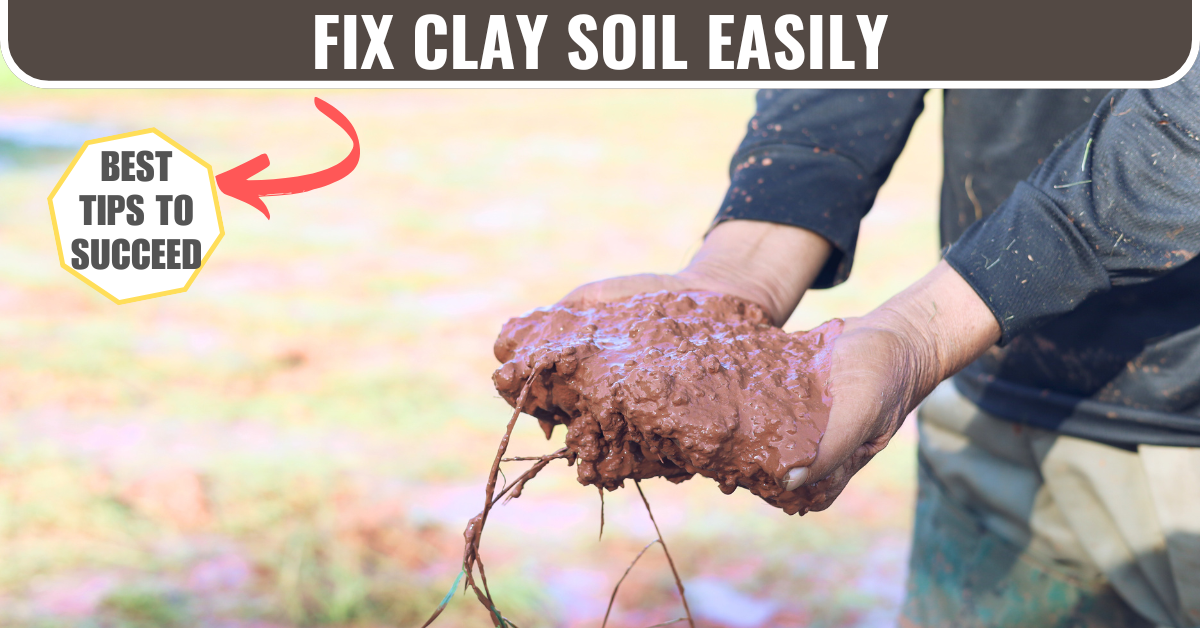
Amending Clay Soil for Better Vegetables
Soil that has too much clay is not ideal for growing vegetables, or any other plant for that matter. It’s too heavy, which means that there isn’t much air being circulated through it.
Everybody knows that clay can be compacted very easily, forming a dense, hard, rock-like mass when dry, and a sloppy mud pie when wet.
Just saying that is ringing all of my gardening alarm bells!
Often times, gardeners with clay soil will give up very early in the season because their soil can’t withstand that heat that comes in the summer.
But this is not necessary, because you can fix clay soil in your garden and grow better vegetables.
Firstly, let’s determine if you actually have clay soil, then I’ll help you fix it.
Products
To buy high-quality garden seeds, check out Burpee.
For a wide selection of perennial garden plants, check out Nature Hills Nursery.
For gardening equipment, check out Bootstrap Farmer.
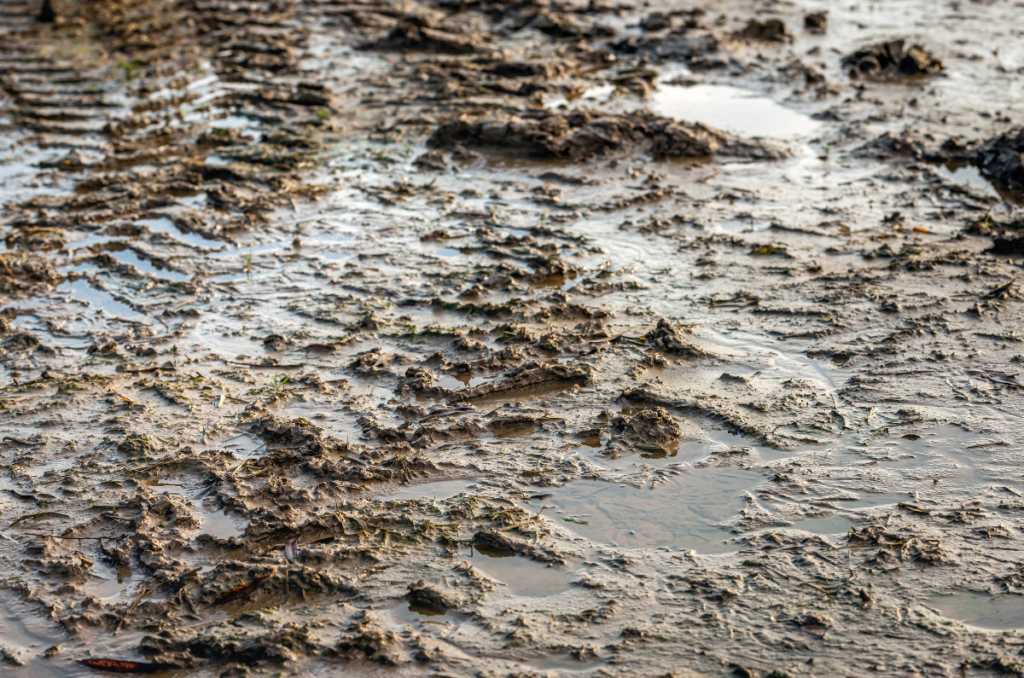
Signs of Clay Soil
Before trying to amend any of your soil, you need to properly diagnose it.
The first thing to look out for with clay soil is compaction. If you notice that your soil is very compacted and can’t be easily separated with your hands, you probably have clay soil.
But just to make sure, consider using this process to determine if you have clay soil:
- Take a handful of moist soil from your garden.
- Squeeze it tightly in your hand to form a clump.
- If it crumbles right when you open your hand, you have sandy soil, the opposite of clay soil.
- If it forms a tight sausage and stays together tightly even after trying to poke it, you have clay soil.
- If it forms a sausage but then breaks apart very easily when you poke it, you have the perfect loamy soil.
And generally, the native soil is going to be the one that is more clay-heavy. So if you are growing in-ground or you use the native soil in your raised beds, it may contain more clay.
You can also take a more long-term approach: observe your soil for a week and see how it performs for these metrics:
- Drainage: Water a 12 inch deep hole in the soil. Once it absorbs the water, water it again. If the second watering takes way longer to absorb (over an hour), then you have clay soil.
- Colour: Clay soil tends to be more on the red side. This is because it lacks organic matter and contains more minerals, such as iron oxide (rust) and copper.
- Compaction: In addition to the steps listed above, try sticking your finger into the soil when it is dry. If it resists like a brick, well then, you know what it is.
- Difficult to work with: If you’re trying to transplant seedlings and you just can’t get your trowel in the ground, you most likely have clay soil.
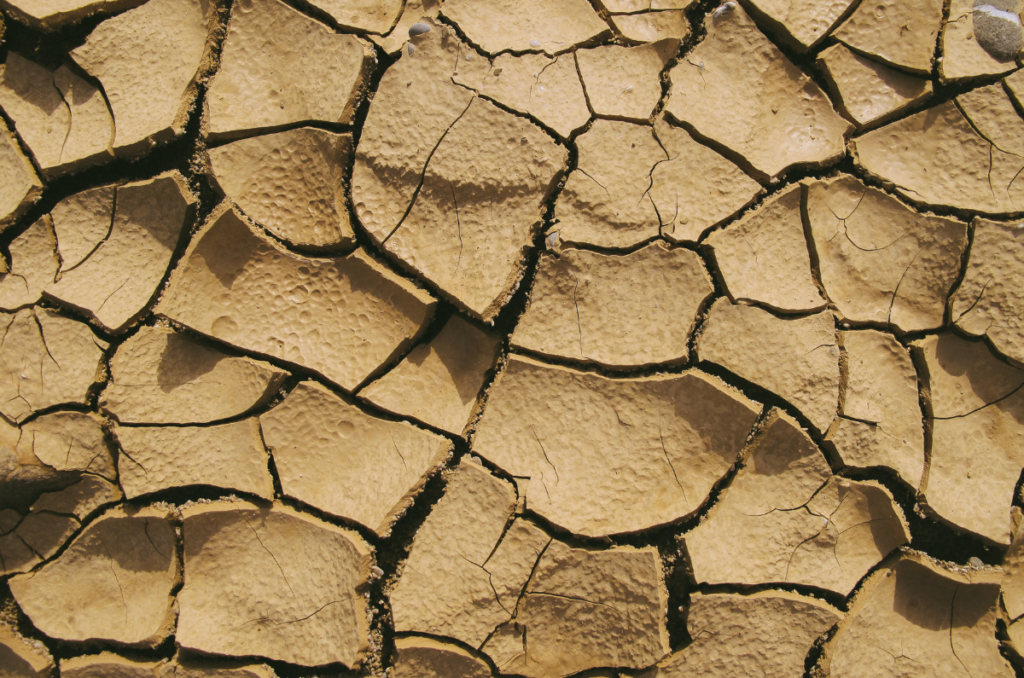
What Makes Clay Soil Challenging to Work With?
Clay soil is composed of tiny, tightly packed particles. This fine texture means:
- Poor Drainage: Water tends to pool on the surface, leading to soggy soil and root rot. It is very hard for water to penetrate into the soil, but when it does, it almost never leaves.
- Compaction: Clay soil is very easy to compact, like we mentioned with regular clay. Heavy foot traffic or equipment can make your soil even harder.
- Aeration Issues: Roots struggle to grow properly in clay-heavy soil. It’s like if you tried planting a tomato in a brick; it won’t grow because there’s no space for the roots. But if it does grow, it will get very little oxygen to support healthy growth.
- Seasonal Extremes: Clay soil can feel like a sticky mess in the rainy season and crack like cement during dry spells. This puts off gardeners from their gardens.
Amending Clay Soil
Here are a few expert tips for amending clay soil for long-term soil benefit.
Some gardeners like to use quick fixes, but we don’t do that here.
These tips will help your soil become and stay less clay-heavy.
Working the Soil
There are only two options when working with clay soil: you either work with it when it’s completely wet or bone dry.
I think it’s easy to work with when it’s dry. This is because the wet mud will be heavier to move with a shovel. And when it dries, it will form a dense, hard rock that is now stuck to whatever you put it on.
When the soil is fully dry, you can use a garden tiller to break apart the soil into a powder. Garden tillers are always available for rent at a local home improvement store.
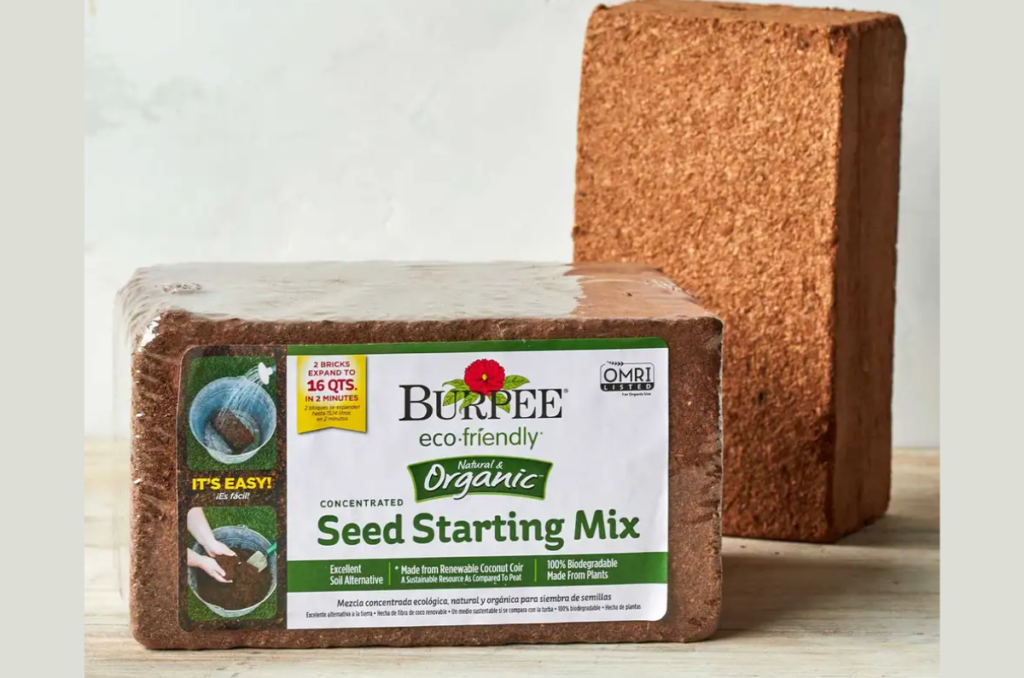
Add Organic Matter
Organic matter is no doubt the cornerstone of improving clay soil.
Once you have your clay powder, work in about a third of the volume of soil in organic matter. Till it in and make sure it is incorporated well.
Materials like compost, well-rotted manure, and leaf mold help to break up the soil and encourage the growth of beneficial organisms.
You can also add coconut coir, which helps with aeration and water retention. You can pick up Burpee’s organic coconut coir here.
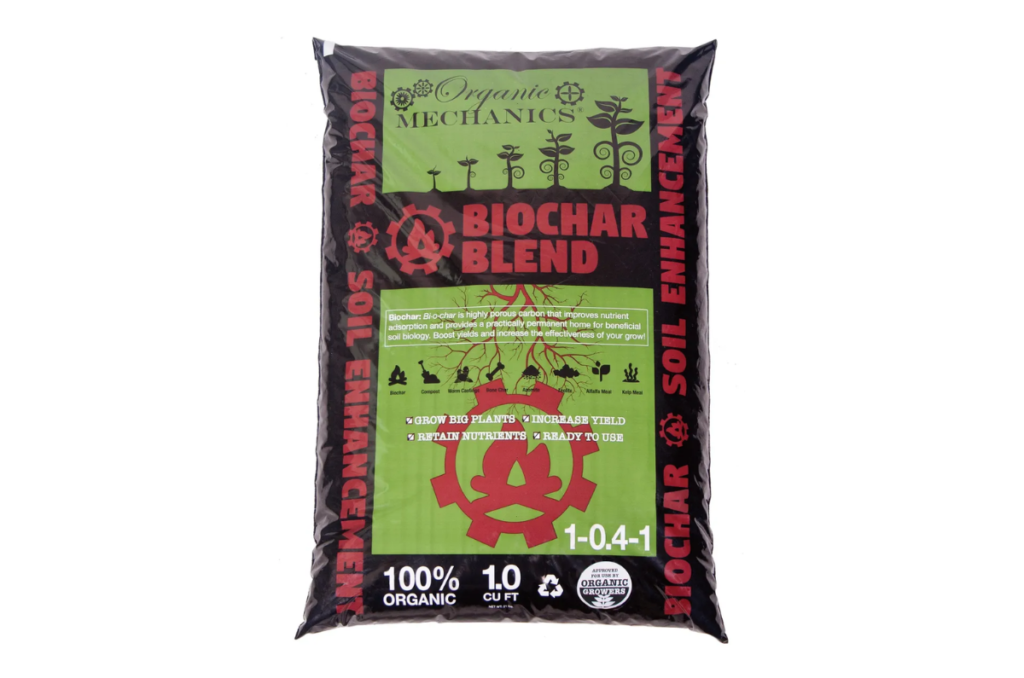
Add High-Quality Clay Soil Amendments
Perlite is one of the amendments that you can add to your clay-heavy soil. Perlite is actually volcanic glass that has been heated to very high temperatures (1000 degrees C) in a volcano and popped (like popcorn) into the perlite we know and love.
That being said, perlite is excellent for amending clay soil.
This is because of the airy nature of perlite; it is very lightweight and contains many small holes that allow for oxygen flow.
Perlite also helps to physically break up clay soil by acting as little breaks between all the clay.
This small volcanic rock can be your best friend when it comes to breaking up clay soil.
Another good amendment is biochar. Biochar is a light and airy material that is used to aerate clay soil. It is also considered organic matter because charcoal is just burnt wood. So you are killing two birds with one stone with this one.
You can pick up a blend of organic biochar at Burpee here.
Additionally, biochar is also considered a microorganism hotel. One gram of charcoal can be flattened out to cover the area of a tennis court, which means all that space will house beneficial microorganisms.
Use Organic Garden Mulch
Add a nice thick layer of organic mulch on the surface of your clay soil. This will not only help to retain moisture and internal temperature, but it also adds a lot of organic matter.
Over time, this organic matter will naturally break down into your soil, which will help to feed beneficial organisms. This will increase the population of these organisms in your garden and they will help to fix your soil.
The best types of mulch for clay soils are leaves, grass clippings, and straw. These will break down quicker than other mulches and provide quick nutrients.
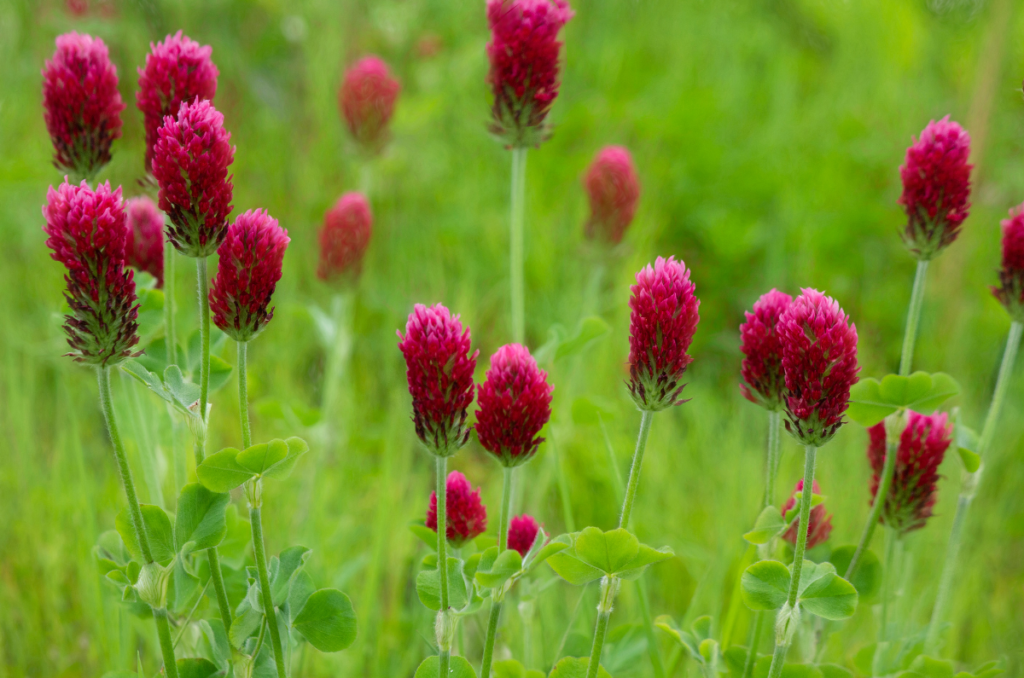
Plant Cover Crops
Cover crops are plants that are grown just to cover the surface of the soil. These can include grasses, legumes, and more.
Typically, they are sown in the fall after everything has been harvested, as most gardeners don’t grow too much over the winter.
For the purposes of breaking up compacted clay soil, grasses and taproots are the best cover crops. Grasses form large amounts of fibrous roots, while taproots form one large taproot. Both of these varieties are excellent at breaking up clay soil.
Additionally, once you terminate the cover crop, you can just place the trimmings on top of the soil. This will act like a mulch and add organic matter to your soil.
Getting Around the Clay Soil
If you don’t want to amend you soil, there are ways that you can get around it and not deal with it.
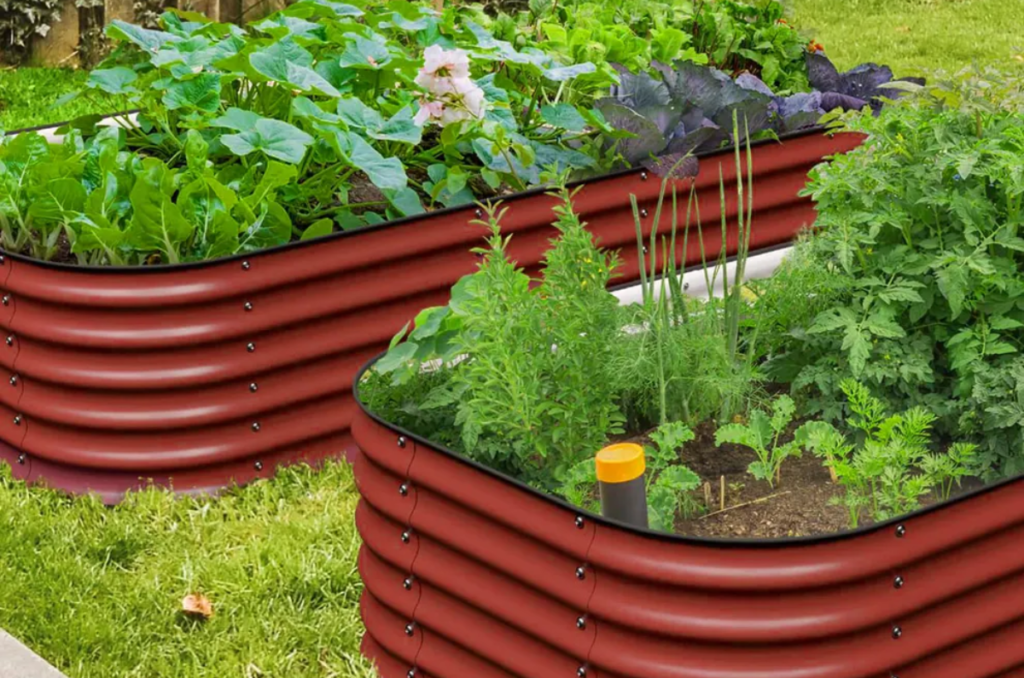
Build Raised Beds
Instead of planting directly into the clay soil, you can completely avoid it by using raised beds. These galvanized raised garden beds from Burpee are weather and rust-resistant, meaning they will last you a lifetime.
Using raised beds means that you can customize the soil inside to whatever you want. You place them on top of the clay soil and put whatever new soil inside.
This means your soil will be instantly better and ready to plant in.
Additionally, raised beds offer more customization. You can plant certain vegetables that wouldn’t normally do well in-ground. And, you don’t have to bend down as far, so you can preserve your back for a few more years.
Protect Your Garden Beds
Sometimes, all you need to do is to cover your garden beds.
In the spring, keep a small DIY greenhouse or cold frame over your garden beds. This will help to keep most of the water out from rain and snowmelt, leading to less soggy soil.
This will also help to insulate the soil, meaning beneficial soil organisms will be able to transform the organic matter in your soil more readily.
Keeping Soil from Compacting Again
These tricks for amending clay soil are not quick fixes. They often take a year or two to see real results, with improvements every growing season.
That being said, there are things that may hinder your clay soil from being rejuvenated:
- Walking on Soil: Sometimes, you, your kids, or your pets will walk on your garden soil. Try to avoid this as much as possible as it will only compact the soil further.
- Skipping Mulch: Don’t skip the mulch for your garden soil. Mulch protects the soil surface and is the first layer of defence for clay soil.
- Leaving the Soil Without Plants: Soil is meant to have plants growing in it. Soil organisms are meant to be living with plants in symbiotic relationships. Always have plants growing in your garden, except when it is too cold, or something like that.
Some gardeners will see results quicker than others, depending on how bad their clay soil actually is.
But it is always helpful to stay consistent with these methods to see proven results for fixing clay soil.
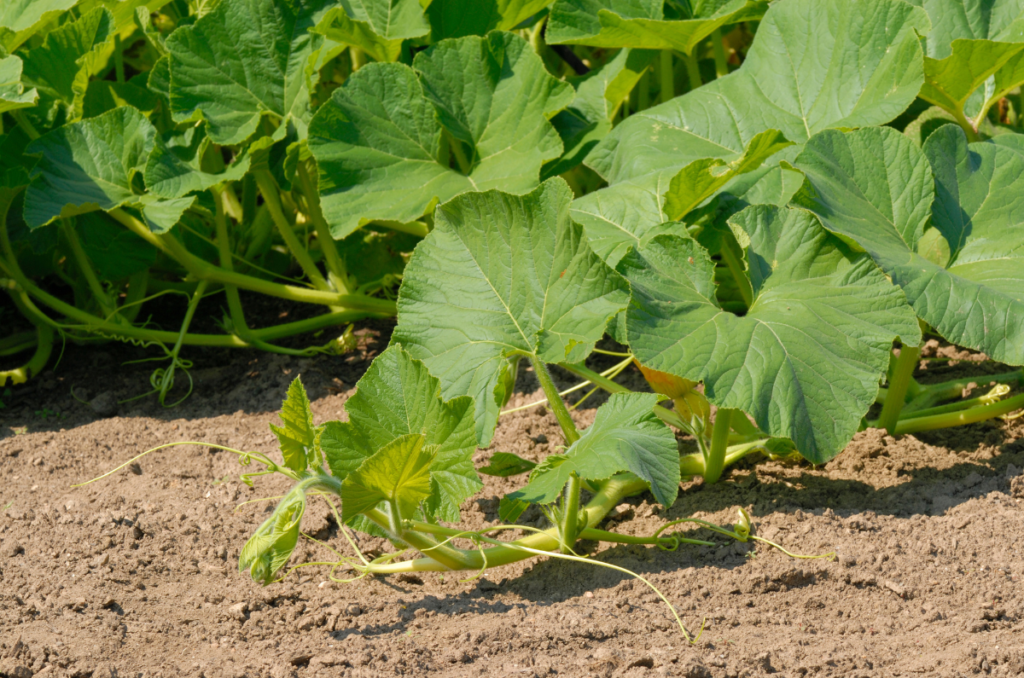
What Vegetables to Plant in Clay Soil
Although clay soil is not ideal for growing healthy vegetables, there are many varieties that can do well.
These varieties are better adapted to moist and less-aerated conditions. Vegetables include: broccoli, cabbage, Brussels sprouts, and leafy greens.
Shallow-rooted vegetable crops like squash, pumpkin, corn, and beans can also do well because their roots don’t go too far into the soil anyways.
If you have to grow something in your clay soil, consider growing these vegetables.
Discussion Questions:
- Have you tackled clay soil in your garden? What has been your most effective amendment?
Share your tips and experiences in the comments below!
Frequently Asked Questions
Organic matter will always be the best thing to fix clay soil. Compost, manure, and mulch are the go-to’s.
Coffee grounds can help to break up clay soil. It is organic matter, so it will do a similar job as compost. I don’t exactly know why you would use coffee grounds over compost, because it would take a lot to see a difference.
In contrast to all the false gardening information, never add sand to clay soil! It will just make the problem worse. It’s like you’re making cement. Please don’t add sand to clay soil!
Amending clay soil with gypsum is often just a short-term fix. The effects may only last for a few months before it goes back to clay. Don’t use gypsum, it won’t do anything for your clay soil in the long run.
With consistent amendments, you can see improvements within a growing season. However, fully transforming clay soil can take several years of regular maintenance.
Even More Gardening Ideas
Here are a few more posts to get the ball rolling in your garden!
- How to Start Trench Composting
- Best Organic Mulch for the Vegetable Garden
- The Best Cover Crops for Raised Beds
If you enjoyed this article, make sure to share it with your friends and family members who are also looking to improve their gardening skills. Also, consider signing up for our email newsletter; don’t worry, we won’t spam you, just fresh gardening tips and tricks every week!
If you want to learn more about gardening, foraging, and nature, check out The Real Gardener on LinkedIn, YouTube, and Pinterest.
Pin this post for later:
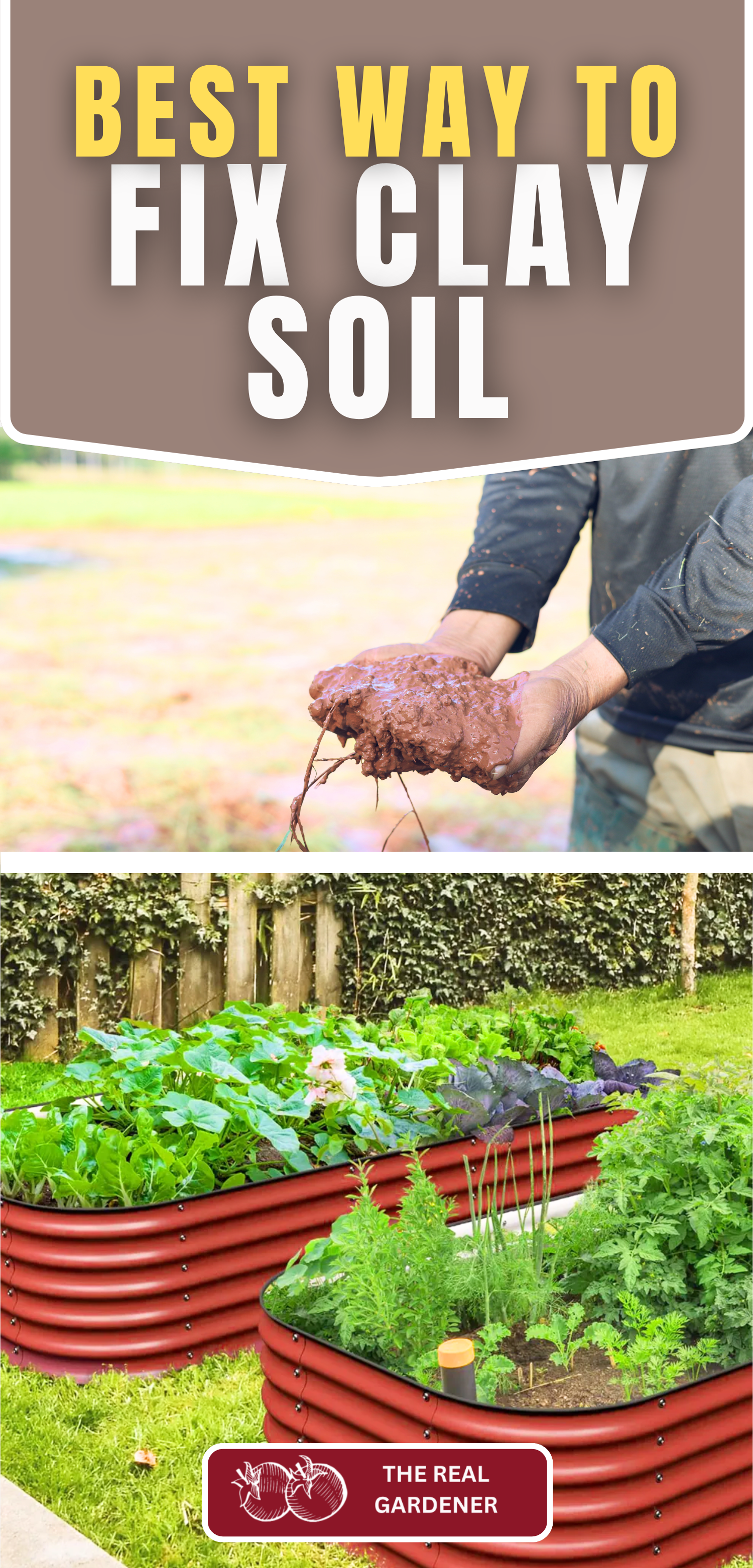

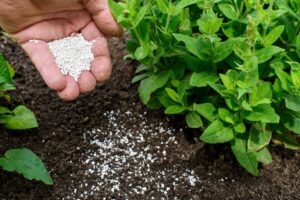
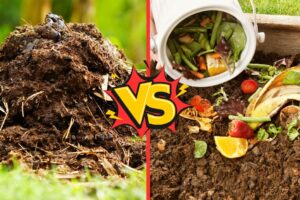
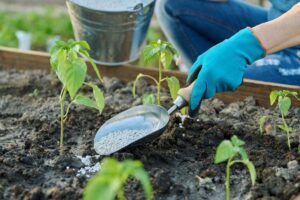
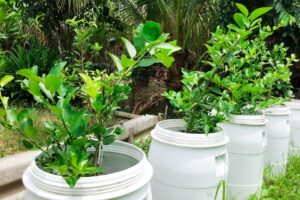
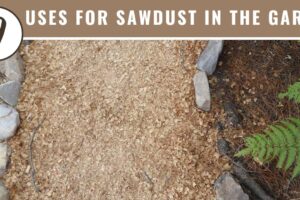

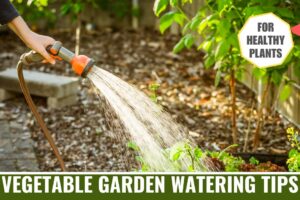
Leave a Reply